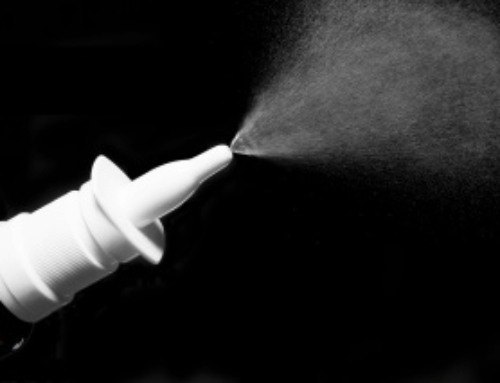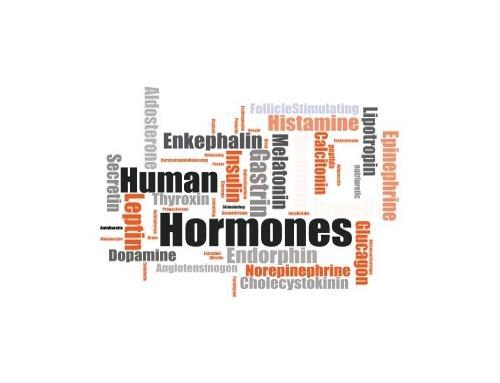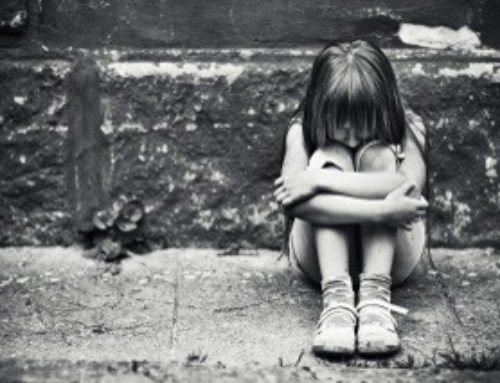 Double depression is a term used to describe the overlap between two depressive disorders: major depressive disorder and persistent depressive disorder (dysthymia). The 12-month prevalances for these disorders in the United States are approximately 7% and 0.5%, respectively. Major depressive disorder, commonly known as clinical depression, causes symptoms including depressed mood, poor sleep, lack of interests, excessive guilt, low energy, poor concentration, appetite changes, slow thinking, and suicidal thoughts. Persistent depressive disorder, on the other hand, causes milder symptoms of depression with chronically low mood that are continuously present for at least 2 years. The overlap between major depressive disorder and persistent depressive disorder may lead to a chronic presentation of depression that may be more resistant to standard treatments. The diagnosis of this combination of depressive disorders is established by a comprehensive history and consistent follow ups. First line treatments for depressive disorders include antidepressant medications and psychotherapy. Alternative remedies such as sleep hygiene, cardiovascular exercise, a balanced diet, and social support may also be helpful.
Double depression is a term used to describe the overlap between two depressive disorders: major depressive disorder and persistent depressive disorder (dysthymia). The 12-month prevalances for these disorders in the United States are approximately 7% and 0.5%, respectively. Major depressive disorder, commonly known as clinical depression, causes symptoms including depressed mood, poor sleep, lack of interests, excessive guilt, low energy, poor concentration, appetite changes, slow thinking, and suicidal thoughts. Persistent depressive disorder, on the other hand, causes milder symptoms of depression with chronically low mood that are continuously present for at least 2 years. The overlap between major depressive disorder and persistent depressive disorder may lead to a chronic presentation of depression that may be more resistant to standard treatments. The diagnosis of this combination of depressive disorders is established by a comprehensive history and consistent follow ups. First line treatments for depressive disorders include antidepressant medications and psychotherapy. Alternative remedies such as sleep hygiene, cardiovascular exercise, a balanced diet, and social support may also be helpful.
by Jack Shier, MD
The content on this website is not intended to be a substitute for professional medical advice, diagnosis, or treatment. Always seek the advice of your physician or other qualified health provider with any questions you may have regarding a medical condition.





